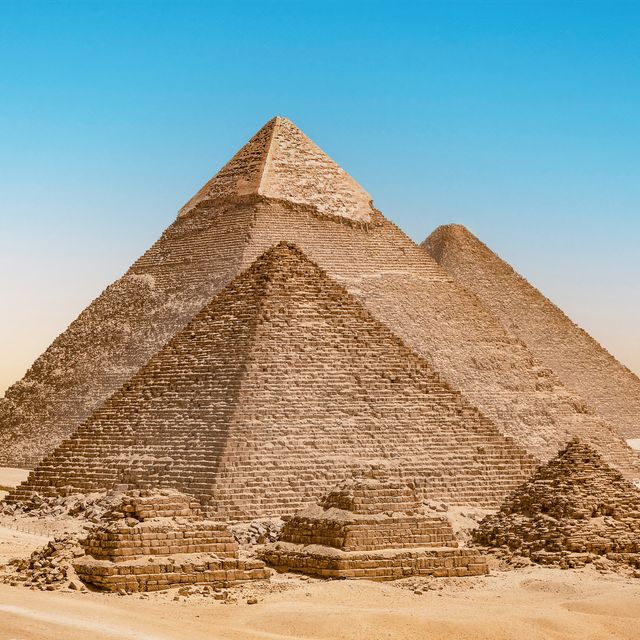18/10/2023
18/10/2023

CAIRO, Egypt, Oct 18, (Agencies): Storage rooms are not typically the most captivating places to investigate, but when those storage rooms are concealed within a 4,400-year-old Egyptian pyramid that had remained a mystery for centuries, the intrigue deepens. What's more, any opportunity to unearth ancient royal burial artifacts adds an extra layer of excitement to the adventure.
A team of researchers embarked on a mission to survey the Pyramid of Sahura, a remarkable 4,400-year-old Egyptian structure situated at Abusir. This pyramid was originally constructed as the inaugural burial site for a king, and its historical significance is unparalleled. What made this expedition truly remarkable was the discovery of multiple storage rooms, the existence of which had eluded knowledge until now.
The Pyramid of Sahura has been undergoing a process of conservation and restoration since 2019, but it was only recently that the research team stumbled upon the original dimensions of the pyramid and identified that the initial floor plan of the antechamber had deteriorated over time. This structural decline led to the collapse of old walls and the construction of new retaining walls, resulting in alterations to the interior layout. In 1836, researchers within the pyramid believed that certain passages, filled with what they described as "debris and rubbish," might have led to storage rooms. However, subsequent experts disagreed, and these passageways were left unexplored.
Now, the situation has changed dramatically. A collaborative effort between Egyptian and German archaeologists has successfully located both passages, vindicating the 1836 discovery, and uncovered eight storerooms hidden within the ancient pyramid.
The research team, in a news release from the University of Würzburg, described the find, stating, "Although the northern and southern parts of these storerooms, especially the ceiling and the original floor, are badly damaged, remnants of the original walls and parts of the floor can still be seen." To fully understand the chambers, the team employed state-of-the-art technology, specifically 3D laser scanning using a portable LiDAR scanner. This method allowed for a comprehensive survey of the pyramid's interior, including its narrow corridors and chambers. The continuous scanning offered real-time updates on their progress and created a permanent record of their exploration efforts.
The Pyramid of Sahura is a significant component of the Abusir complex, a renowned burial site for pharaohs from the Fifth Dynasty of ancient Egypt, situated near the Nile River. While it may not boast the same renown as other pyramid complexes, it consists of 13 vital structures.
The discovery and mapping of these previously unknown storerooms represent just one phase of the exploration of Sahura. The next step involves the actual restoration of these chambers, a process that the team anticipates will "revolutionize the view of the historical development of pyramid structures and challenge existing paradigms in the field." It's an ambitious undertaking for what was initially thought to be a collection of ordinary storage areas.


